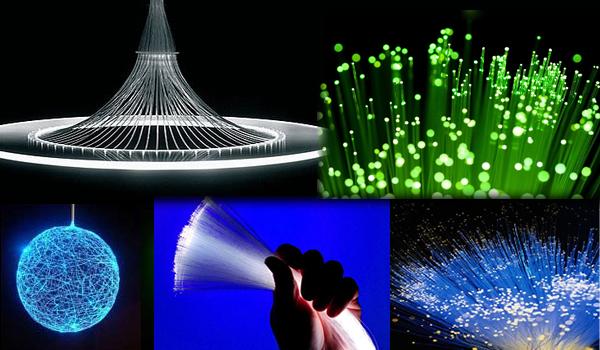- Related articles
- Optical Transceivers for Cisco SF350-48MP-K9-EU Switch
- Optical Transceivers for Cisco WS-C3650-24PWS-S Switch
- What is Optical Ethernet?
- Optical Transceivers for Cisco WS-C3650-24PWD-S Switch
- All Cisco CWDM-GBIC-1610's information (Specs, Datasheet PDF, Compatibility matrix)
- Optimizing Virtual Infrastructures by Using Multiport Network Card
- Optical Transceivers for Cisco N3K-C3172PQ-XL Switch
- Optical Transceivers for Cisco N77-F324FQ-25= Switch
- All Cisco SFP-OC48-LR2's information (List price, Specs, Datasheet PDF, Compatibility matr
- All Cisco ONS-SI-2G-L1's information (List price, Specs, Datasheet PDF, Compatibility matr

Introduction
In reality, many fiber optics are widely used for lighting. There are numerous reasons why this fiber optics is used for lighting. The Fiber Optic Cables contains a central core which is a good conduct of heat and therefore, making it suitable to be used in lighting. In short, the Fiber Optic Cables have several outstanding characteristics that make it suitable for lighting.

Reasons
• Using fiber for remote lighting has many advantages, some of which are more important for special types of applications than others.
• Heat-Free Lighting: Since the light source is remote, the fiber transmits the light but isolates the heat from the light source from the illumination point, an important consideration for lighting delicate objects, such as in museum displays, that could be damaged by heat or intense light.
• Electrical Safety: Underwater lighting such as used in swimming pools and fountains or illumination in hazardous atmospheres can be done safely with fiber optic lighting since the fiber is nonconductive and the power for the light source can be placed in a safe location. Even many lights are low voltage.
• Precise Spotlighting: Optical fiber can be combined with lenses to provide carefully focused light on extremely small spots, popular for museum exhibits and jewelry displays, or simply light a specified area precisely.
• Durability: Using optical fiber for lighting makes for much more durable lighting. Optical fiber, either plastic or glass, is strong and flexible, much more durable than fragile light bulbs.
• The Look of Neon: Fiber that emits light along its length, generally called edge-emitting fiber, has the look of neon tubes for decorative lighting and signs. Fiber is easier to fabricate, and, since it is made of plastic, is less fragile. Since lighting is remote it can be placed at either or both ends of the fiber and sources can be safer since they are low voltage sources.
• Vary the Color: By using colored filters with white light sources, fiber optic lighting can have many different colors and by automating the filters, vary colors in any preprogrammed sequence.
• Simpler Installation: Fiber optic lighting does not require installing electrical cables to the light locator and then installing bulky light fixtures with one or more bulbs on location. Instead, a fiber is installed to the location and fixed in place, perhaps with a small focusing lens fixture, a much simpler process. Often several fibers can use a single light source, simplifying installation even more.
• Easy Maintenance: Lighting in hard to access areas like high ceilings or small spaces can make changing light sources difficult. With fiber, the source can be in an easily accessible location and the fiber in any remote place. Changing the source is no longer a problem.
Conclusion
The research showed that the Fiber Optics is the most used cables in lighting in the world. This has been facilitated by some of the unique characteristics found in them. The trend is spreading rapidly and near future, Fiber Optic will be the only component used for light.





































































